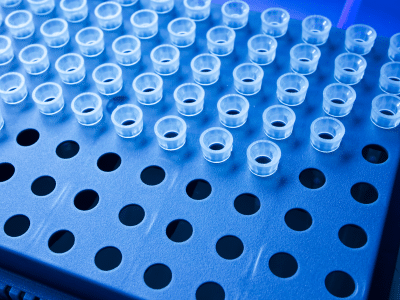You have at least one imperative objective in your weighing process: to obtain a fair, reliable and repeatable result from the first weighing. Indeed, successive weighings and errors have a direct impact on the result.
To improve the efficiency of weighing processes, it is therefore essential to use the right scale in terms of performance and application. In addition, adherence to good weighing practices reduces the risk of errors in results.
For efficient weighing, choose a proven quality scale!
You probably know of several brands of scales that will give you a good result, provided you follow the good practices listed below.
If you are not sure, we advise you to contact the expert in the field: his experts will help you in your choice
Weighing in the laboratory: the checklist of good practices:
We propose you a checklist that will allow you to perform a weighing in appropriate conditions.
1- Place your balance on an appropriate support
The balance must be placed on a stable horizontal support without vibration. Be sure to protect it from shocks and falls.
The scale stand should not be exposed to direct sunlight and should be kept away from drafts and temperature variations.
2- Follow the scale manufacturer’s recommendations regarding the heating time
When connecting the scale to the power supply for the first time, respect the heating time noted in the scale’s operating instructions, which depends on its accuracy.
Do not disconnect the scale from the power supply and leave it switched on at all times. This way, it is not necessary to warm up the scale before each weighing operation.
If you turn off the scale, observe the warm-up time noted in the operating instructions before using it.
3- Set up your scale before weighing
Make sure that the scale is level, if not correct it.
Proceed to an internal adjustment, if the scale is equipped with this device.
Note: each time you correct the level, an adjustment is necessary.
4- During the weighing process, check the following points rigorously
The scale pan is clean.
Make sure that the display shows exactly zero, otherwise set to zero to avoid errors due to zero.
Always place the product to be weighed in the center of the pan. This prevents errors due to off-center loads.
Close the doors of the weighing cage if necessary.
Only read off the result after stability. A stability detector (see scale operating instructions) validates the weighing result.
5- The quality of the weighing in the laboratory also depends on the sample
Make sure that the sample is at room temperature, that it is free of magnetic or electrostatic influences and that it is properly packed or sealed.
Metrology of your weighing scales: the other key to a fair, reliable, and repeatable result!
Make sure you perform the necessary checks, maintenance and metrological verifications on your weighing equipment.
Checking and maintenance after the equipment is put into operation
Cleaning of the scale for accessible locations, control of the controls, control of the display and control of the general condition of the equipment.
Metrological control of the equipment
Accuracy tests (linearity)
Eccentricity tests
Fidelity tests (repeatability)
Creep tests (stability over time)
Control of the tare device




